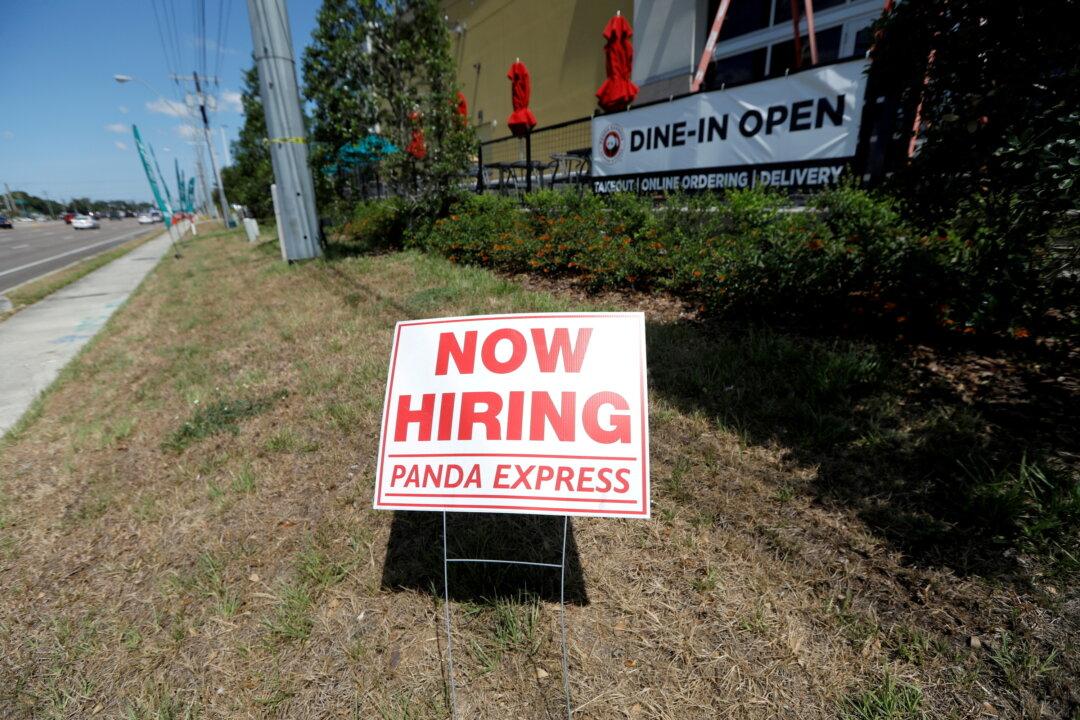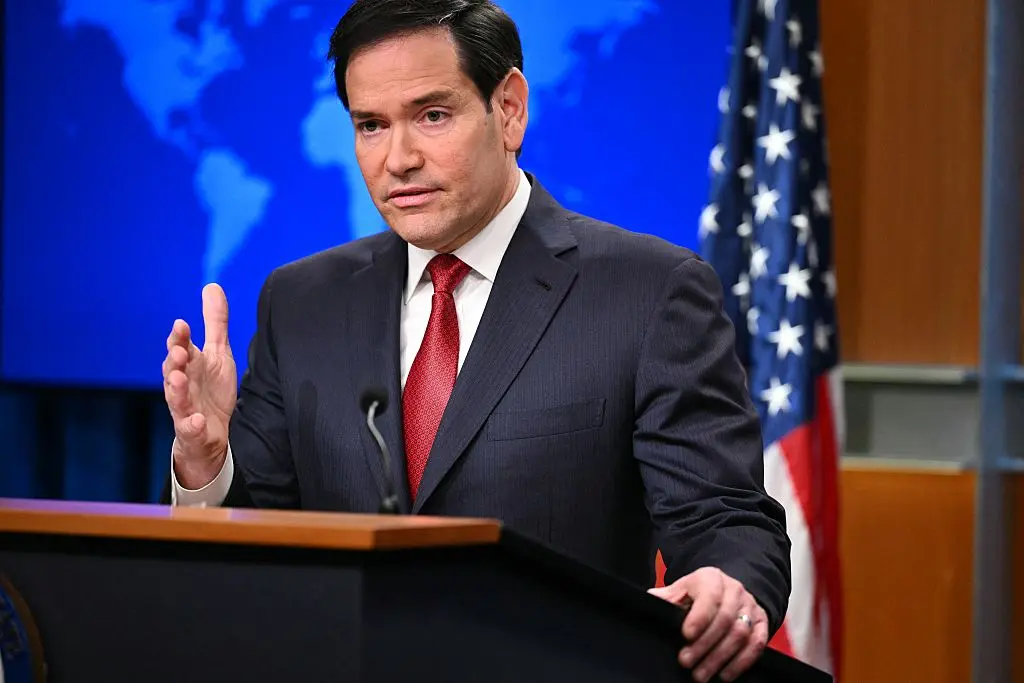The number of American workers applying for unemployment benefits fell last week to a new pandemic-era low, suggesting further tightening in the labor market as businesses boosted wages to attract and retain staff.
First-time filings for unemployment insurance—a proxy for layoffs—came in at 267,000 for the week ending Nov. 6, the Labor Department said in a report (pdf).





